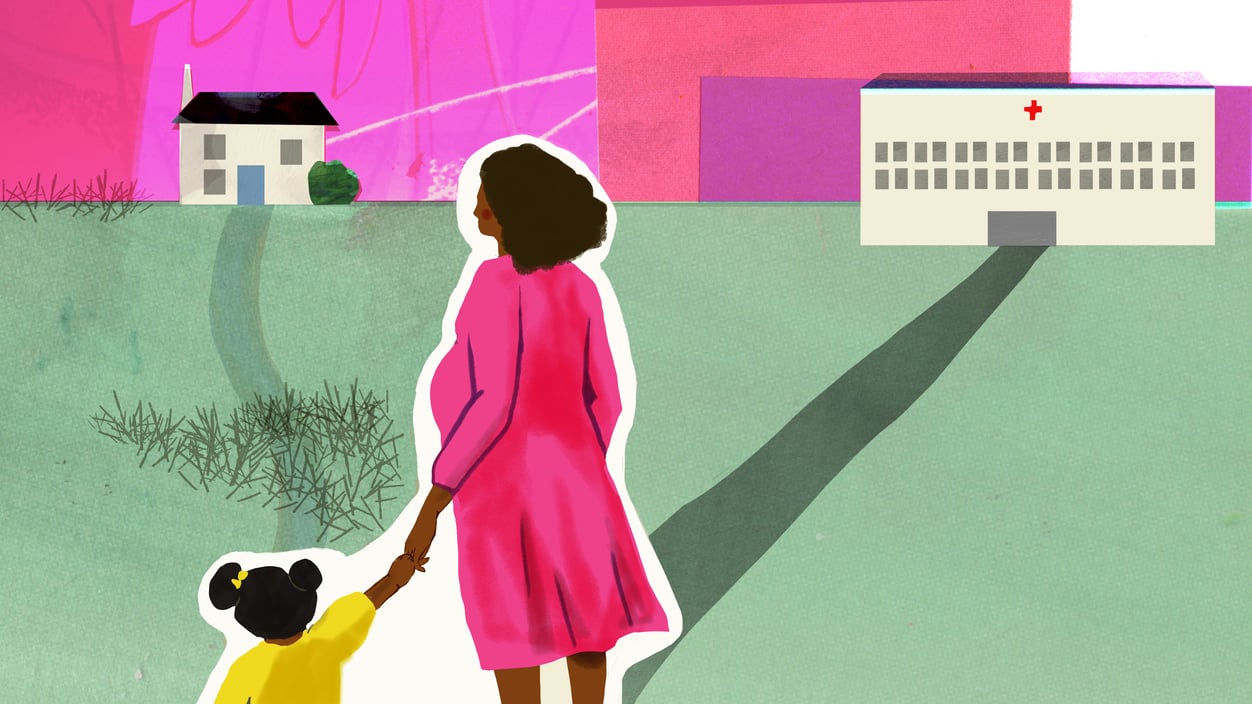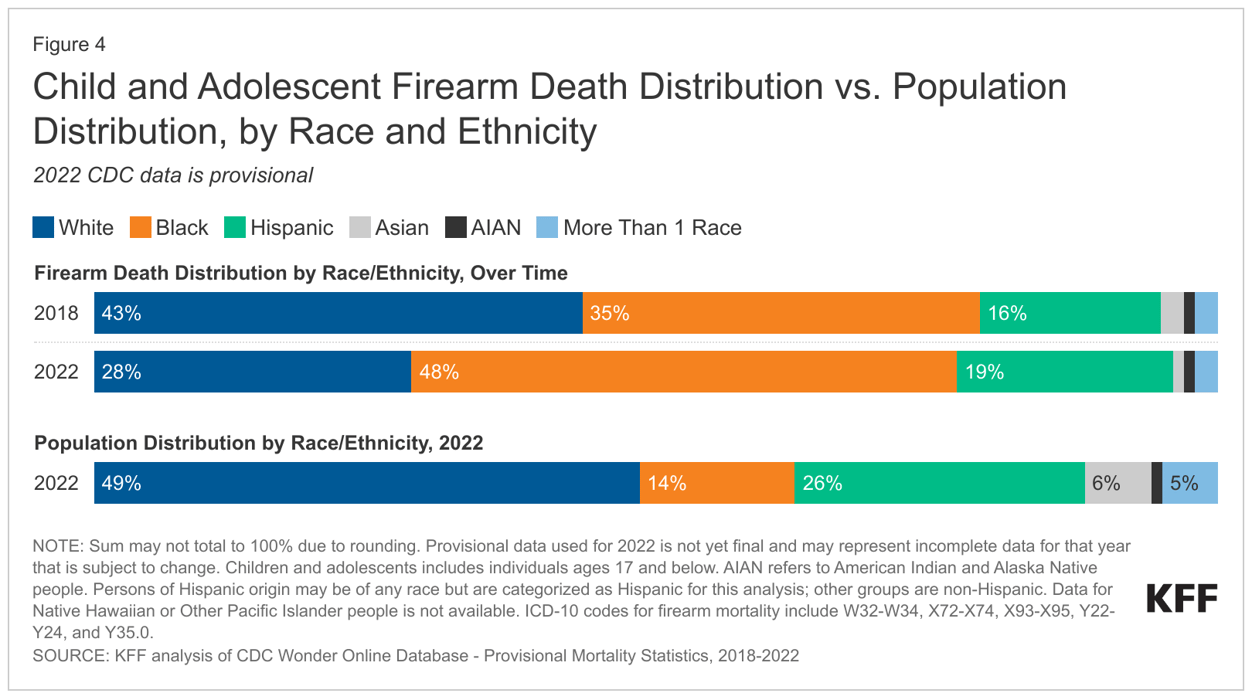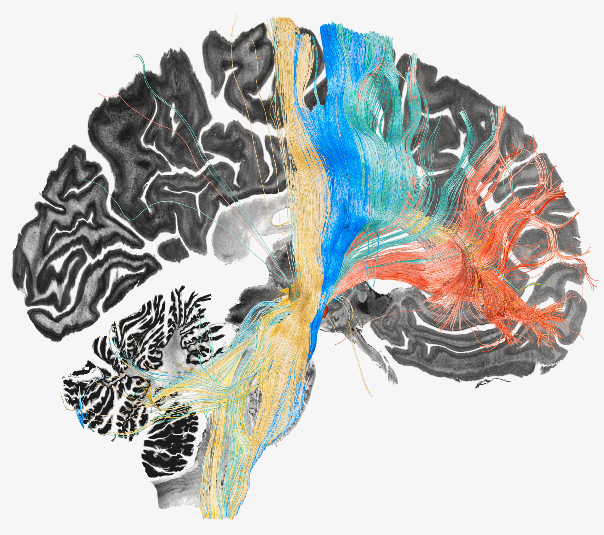closer look
No longer 'underground': high-risk births at home rise
Maria Fabrizio for STAT
High-risk home births "used to be really underground," Ida Darragh of the North American Registry of Midwives told STAT contributor Elizabeth Cohen, but that's no longer the case. While CDC data show home births make up less than 2% of all U.S. births, that rate is growing, including high-risk pregnancies. Three examples of high risk are vaginal birth after a previous Cesarean section, pregnancies in which the baby is not in a head-down position, and pregnancies with twins or other multiples.
"They can have some tragic complications and they're potentially avoidable with easy access to an operating room," said Sarah Little, a maternal-fetal medicine physician. But choosing a home birth may follow a bad hospital experience, especially for Black women, among whom home birth rates tripled from 2016 to 2022. "They're more choosing not to have that experience again than they are actively choosing to have a home birth," said Cassaundra Jah, executive director of the National Association of Certified Professional Midwives. Read more.
guns
This is how more children are dying from firearms

KFF
Since the pandemic began, more children and adolescents under 18 have been dying from gunfire. That means seven deaths per day in 2022, a new KFF analysis of provisional CDC data calculates, exceeding car crash fatalities. Two-thirds of the deaths were from gun assaults, a jump from just over half in 2019. Other reasons included suicide, accidents, or unknown causes. The gap in gun assault death rates between Black and white children and adolescents has grown wider. Other differences:
- Males were more than four times more likely than females to die by firearm, with rates rising by 50% from 2018 to 2022 among male children and adolescents while rates stayed the same among females.
- Firearm death rates grew across the U.S. but vary by location: Louisiana, Mississippi, and the District of Columbia had the highest rates while Massachusetts, New Jersey, and New York had the lowest.
in the lab
Mapping the brain's 'dysfunctome'
Courtesy Barbara Hollunder
About 20 years ago, I watched what happened when deep brain stimulation was activated in a man with Parkinson's disease. He'd had electrodes surgically implanted as part of a clinical trial testing whether targeting malfunctioning brain circuits could ease his symptoms. In the exam room that day, his involuntary movements stopped, as if a switch had been flipped, and a smile slowly spread across his face. I thought of him yesterday while reading a paper in Nature Neuroscience demonstrating how deep brain stimulation can be used to study what the authors call the "dysfunctome" to understand what goes wrong not just in Parkinson's but also in dystonia, obsessive-compulsive disorder, and Tourette syndrome.
The researchers were able to map connections between brain regions that control cognitive and motor functions, and they looked at how electrical stimulation modifies these functions in 261 patients who'd previously had surgery to implant the electrodes. They identified specific brain circuits that had become dysfunctional in each of the four disorders, and they even fine-tuned treatment in one patient with Parkinson's disease and two patients with OCD based on their findings.


No comments